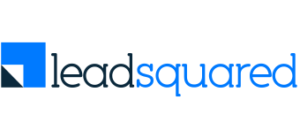
Maximize Policy Sales Through Direct Distribution Channel
0 Comments
/
As the notion goes, insurance is a push product. It has always…
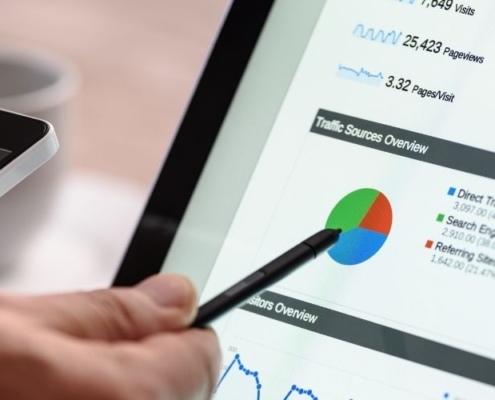
How to Build a Data-driven CRM Strategy
In today’s consumer-focused milieu, customers expect brands…
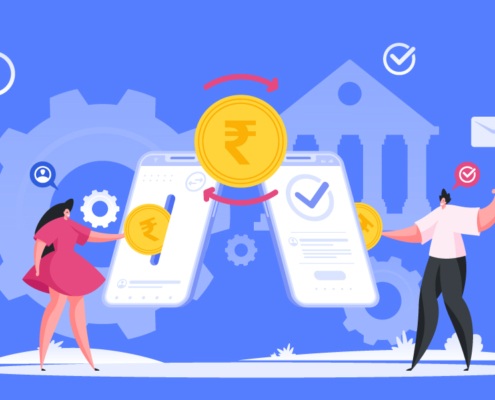
A Look into the Digital Lending Market in India
The digital lending market has played an important role in creating…
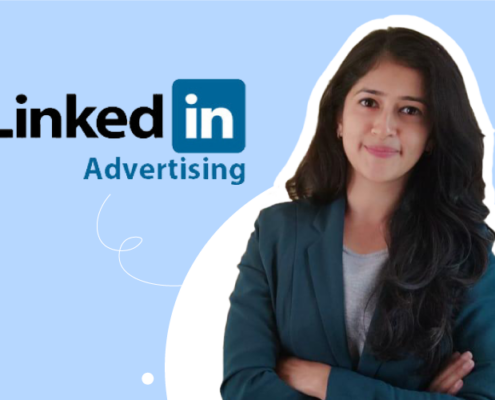
How to Crack LinkedIn Ads: Lessons from a Pro
I am an avid user of LinkedIn Ads. After running more than 500…
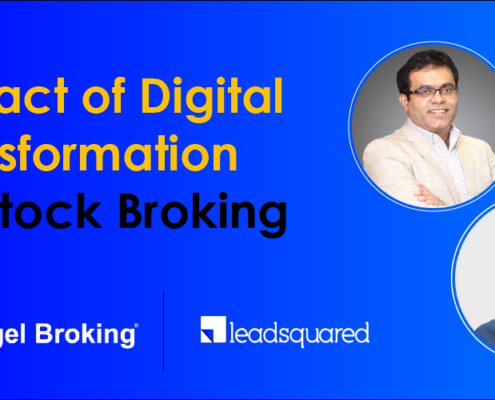
[Webinar] Lessons from Angel Broking: Impact of Digital Transformation on Stock Broking
https://youtu.be/Gzx9aWC7O2Q
COVID-19 has been the dominating…

The Importance of CRM in Increasing Customer Satisfaction
Over the past few years, customer expectations in every business…
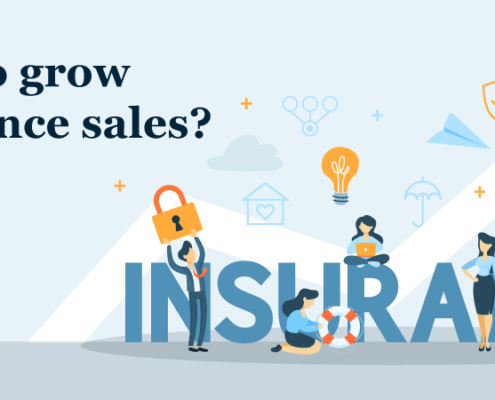
Grow Insurance Sales with Insurance Agency CRM
Insurance agencies have a lot on their plate. They must call…
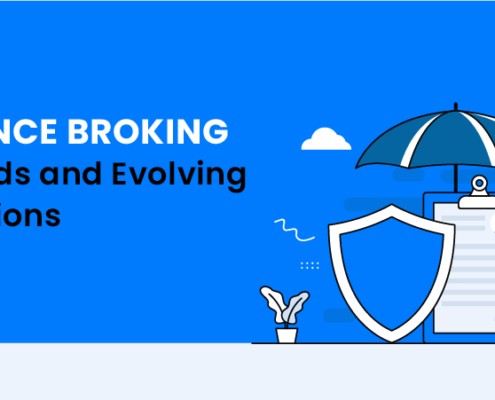
Insurance Broking in India- Key Trends & Evolving Expectations
The insurance industry is one of the fastest-growing sectors…
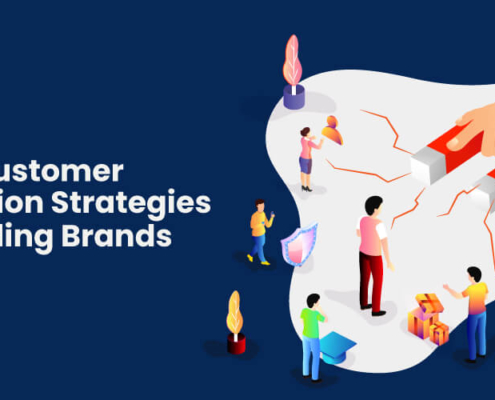
25 Examples of Customer Retention Strategies Using a CRM
Staying competitive in the current business landscape is a challenging…
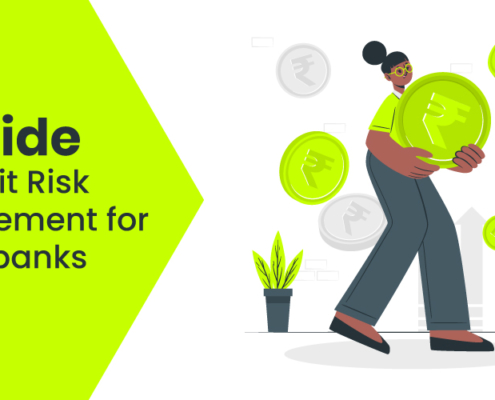
A Guide to Credit Risk Management for Indian Banks
Credit risk management is the process of assessing a borrower’s financial portfolio to estimate the risk involved when credit is extended. Know more about credit risk challenges, techniques, tools, in this guide!
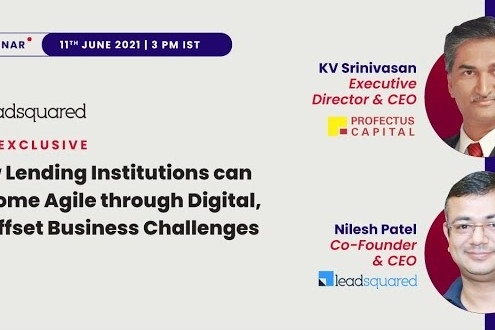
[Webinar] Digital Transformation in Lending
The past year has been a challenge for the lending industry.…
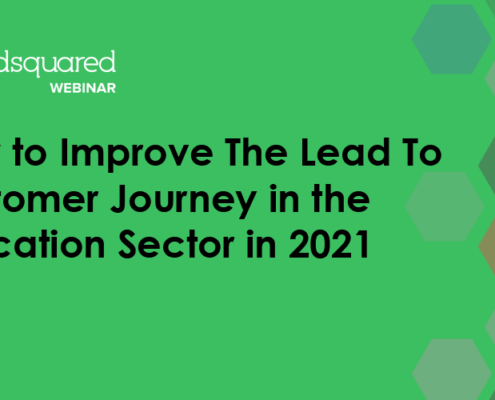
[Webinar] How to Improve The Lead To Customer Journey in the Education Sector in 2023
https://youtu.be/OklAvfGBmdk
The education sector has been…
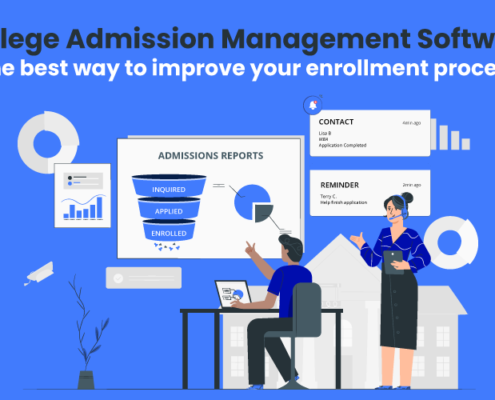
College Admission Management Software Features
I’m not too fond of all-you-can-eat-buffets. There is…
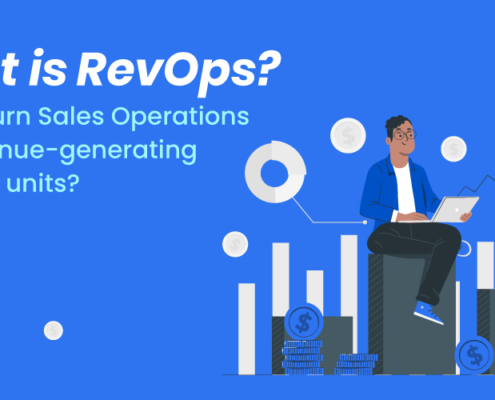
Revops: Turn Sales Operations Into Revenue-Generating Business Units
By definition, Revenue Operations or RevOps refers to the strategic…
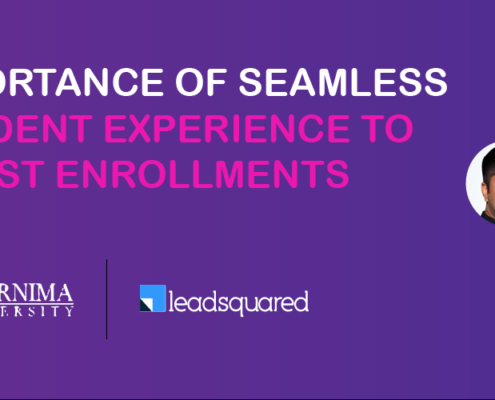
[Webinar] Importance of Seamless Student Experience to Boost Enrollments
https://youtu.be/wXwfqTnwwvw
Key Discussion Points:
Impact…
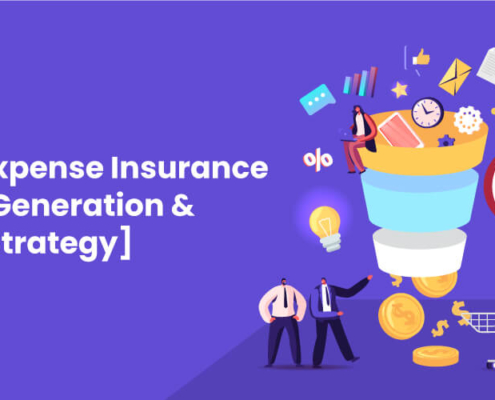
Final Expense Insurance [Lead Generation & Sales Strategy]
Final expense insurance is an affordable form of life insurance.…
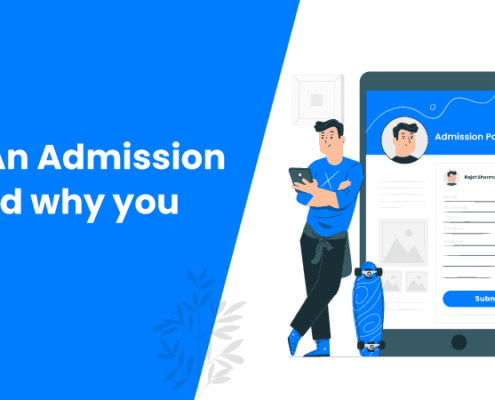
What Is An Admission Portal And Why Do You Need It?
The majority of people go to a school or college to prepare…
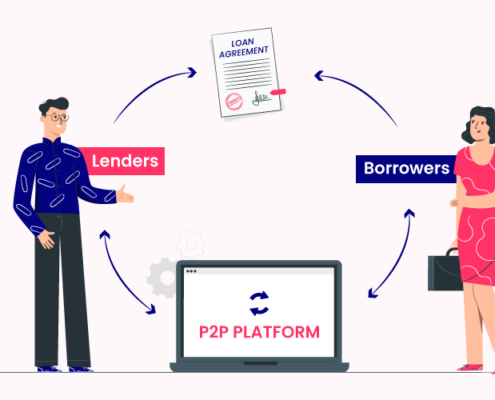
The Top P2P Lending Platforms in India
Over the last year, peer-to-peer lending has seen a large…
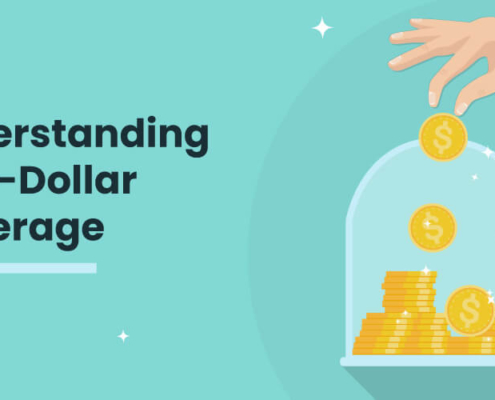
The Basics of First-Dollar Insurance Cover
In this article, we will discuss first dollar coverage.…
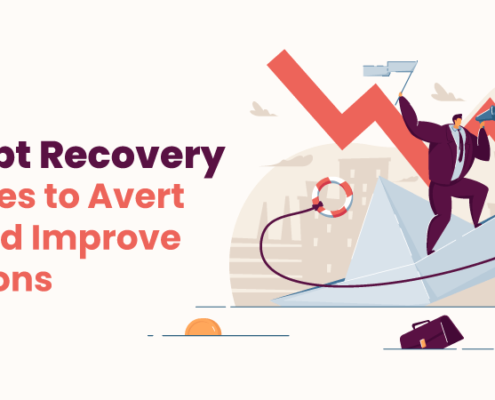
Bad Debt Recovery Strategies
What is bad debt recovery? Bad debt recovery is the money that…
